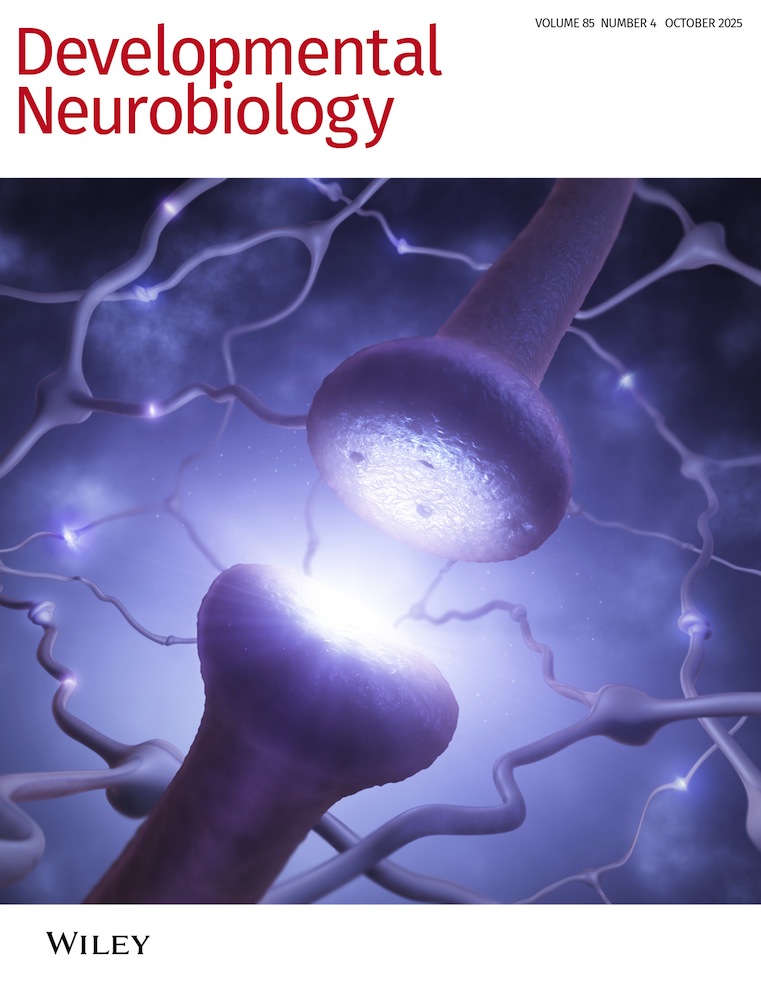Regulation of the pharynx of Caenorhabditis elegans by 5-HT, octopamine, and FMRFamide-like neuropeptides
Abstract
More than fifty FMRFamide-like neuropeptides have been identified in nematodes. We addressed the role of a subset of these in the control of nematode feeding by electrophysiological recording of the activity of C. elegans pharynx. AF1 (KNEFIRFamide), AF2 (KHEYLRFamide), AF8 (KSAYMRFamide), and GAKFIRFamide (encoded by the C. elegans genes flp-8, flp-14, flp-6, and flp-5, respectively) increased pharyngeal action potential frequency, in a manner similar to 5-HT. In contrast, SDPNFLRFamide, SADPNFLRFamide, SAEPFGTMRFamide, KPSVRFamide, APEASPFIRFamide, and AQTVRFamide (encoded by the C. elegans genes flp-1; flp-1; flp-3; flp-9; flp-13, and flp-16, respectively) inhibited the pharynx in a manner similar to octopamine. Only three of the neuropeptides had potent effects at low nanomolar concentrations, consistent with a physiological role in pharyngeal regulation. Therefore, we assessed whether these three peptides mediated their actions either directly on the pharynx or indirectly via the neural circuit controlling its activity by comparing actions between wild-type and mutants with deficits in synaptic signaling. Our data support the conclusion that AF1 and SAEPFGTMRFamide regulate the activity of the pharynx indirectly, whereas APEASPFIRFamide exerts its action directly. These results are in agreement with the expression pattern for the genes encoding the neuropeptides (Kim and Li, 1999) as both flp-8 and flp-3 are expressed in extrapharyngeal neurons, whereas flp-13 is expressed in I5, a neuron with synaptic output to the pharyngeal muscle. These results provide the first, direct, functional information on the action of neuropeptides in C. elegans. Furthermore, we provide evidence for a putative inhibitory peptidergic synapse, which is likely to have a role in the control of feeding. © 2001 John Wiley & Sons, Inc. J Neurobiol 49: 235–244, 2001




